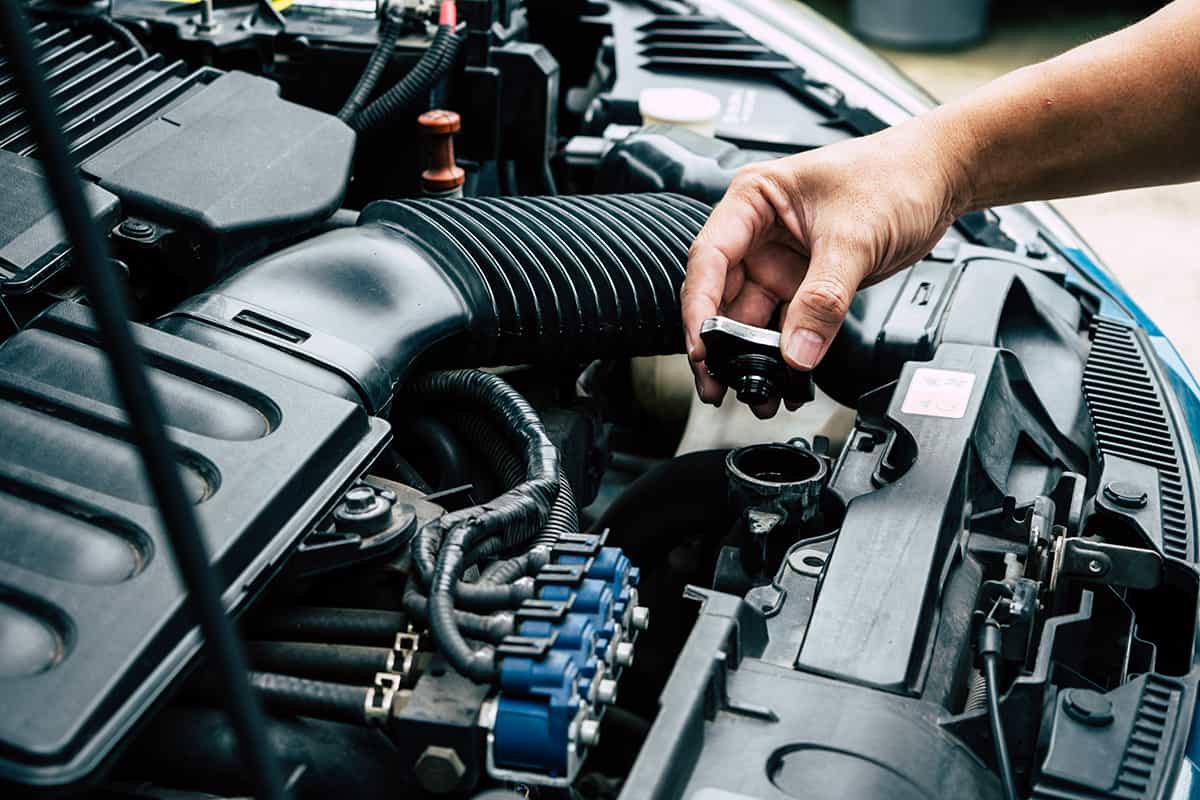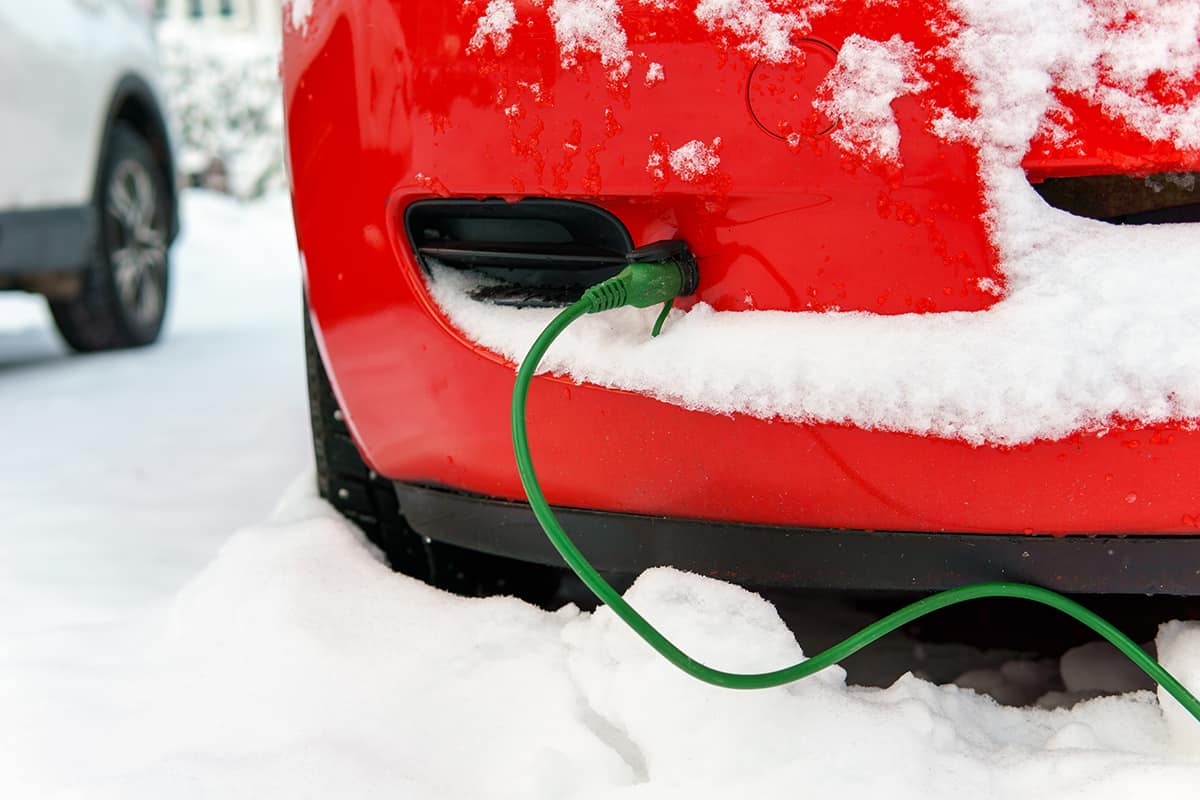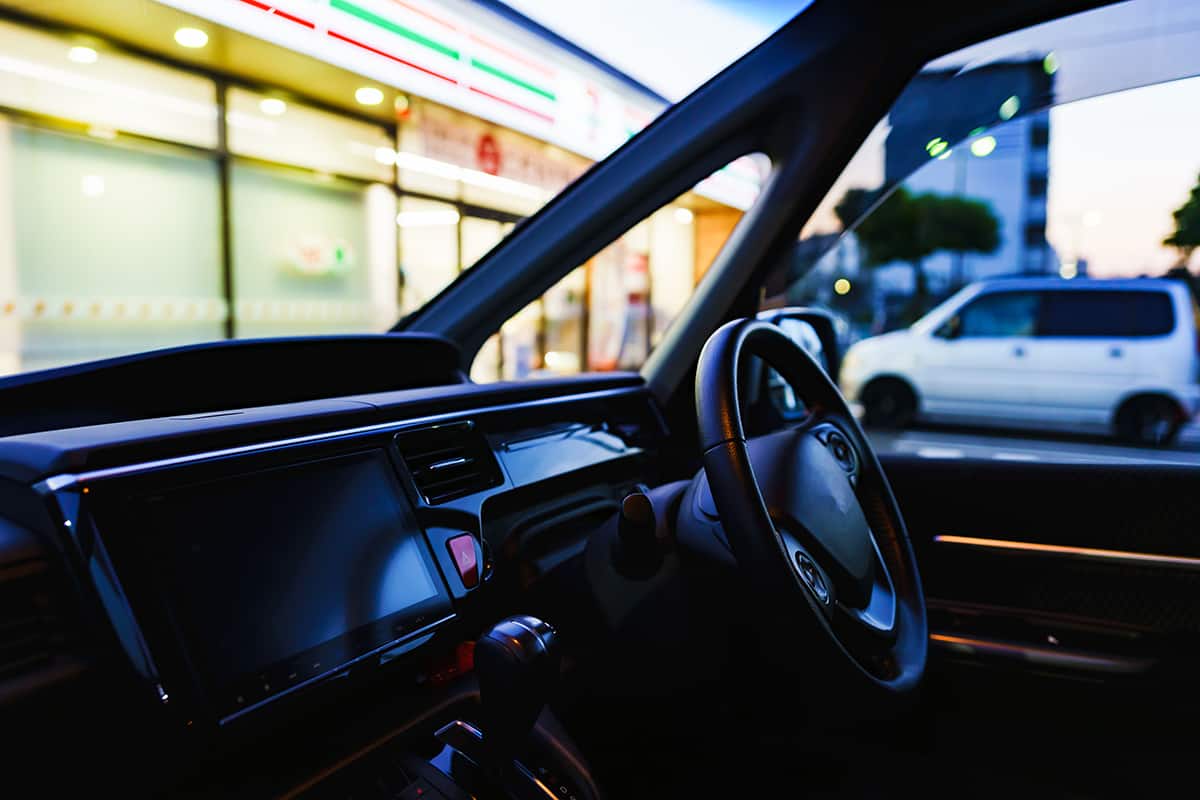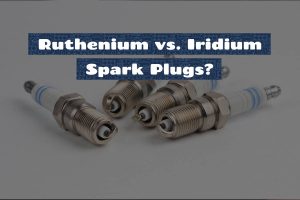When it comes to cars, there are many things to consider, such as how to maintain them properly, how to get the best fuel economy, and how to ensure that it runs smoothly. One question that many people have is how long a car can idle.
While most cars can idle for several hours without any issues, it’s generally recommended that you only let your car idle for 30 to 60 seconds on average. This is because idling for longer periods of time can waste fuel and increase wear and tear on the engine.
In this guide, we’ll go over the basics, such as what idling is, why it’s a huge topic of debate, and what factors affect idling.
What Is Idling?
Idling refers to the act of leaving a car’s engine running while the car is not moving. This can occur when a driver is waiting in traffic, waiting in a drive-thru line, or simply sitting in their car while it is parked. Idling is a common occurrence, and many drivers don’t give it a second thought. However, idling can have negative consequences for both the car and the environment.
What’s the Problem with Idling?
Idling a car can cause a variety of problems for both the environment (PDF) and the vehicle (PDF) itself. One of the main issues is increased fuel consumption and cost. When the engine is running, but the car is stationary, fuel is being used unnecessarily, which can add up over time and result in higher fuel expenses.
Another problem with idling is increased emissions. Carbon dioxide, nitrogen oxides, and other pollutants are released when a car is idling, contributing to air pollution and climate change. This is especially concerning in urban areas where there are high levels of traffic and a large number of idling vehicles.
In addition to environmental issues, idling can also cause wear and tear on the engine. Prolonged idling can lead to carbon buildup, reduced fuel efficiency, and potential engine damage. This can result in costly repairs and decreased vehicle lifespan. As such, it’s important to limit idling as much as possible to reduce these negative consequences.
How Long Can a Car Idle?
While it’s generally recommended that you only let your car idle for 30 to 60 seconds on average, it’s important to note that there are other factors that can influence how long you can safely idle your car. These factors can include the make and model of your car, the condition of your engine, and the outside temperature.
The amount of time that a car can idle depends on a variety of factors, including the make and model of the car, the condition of the car’s engine, and the outside temperature. Generally speaking, most cars can idle for several hours without any issues. However, there are a few factors that can shorten the amount of time that a car can idle safely.
1. Battery life
One of the most important factors to consider when it comes to idling is the battery life of the car. When a car is idling, the battery is responsible for providing power to the car’s electrical systems.
If the battery is old or weak, it may not be able to provide enough power to keep the car running for an extended period of time. In addition, if the car’s alternator is not working properly, the battery may not be able to recharge itself while the car is idling, which can lead to a dead battery.
2. Fuel economy
Another important factor to consider when it comes to idling is fuel economy. When a car is idling, it is not getting very good gas mileage. In fact, most cars get zero miles per gallon when they are idling. This means that the longer a car idles, the more fuel it is wasting. In addition, idling can cause carbon buildup in the engine, which can reduce the car’s fuel efficiency over time.
3. Engine temperature

The temperature of the car’s engine can also play a role in how long a car can idle. If the engine is already hot, it may not be able to handle idling for an extended period of time. In addition, if the outside temperature is very cold, the engine may have trouble maintaining its temperature while idling, which can lead to issues with the car’s heating system.
4. Environmental impact
Finally, it’s important to consider the environmental impact of idling. When a car is idling, it releases pollutants into the air, including carbon monoxide, nitrogen oxide, and particulate matter. These pollutants can have negative effects on both the environment and human health. In addition, idling can contribute to climate change by releasing greenhouse gases into the atmosphere.
Tips for Minimizing Idling
Now that we’ve covered the various factors that can influence how long a car can idle let’s take a look at some tips for minimizing idling.
1. Turn off the engine when you can
Whenever you park your car and are not using it, turning off the engine can help minimize unnecessary idling and save fuel. For example, if you are waiting to pick up someone or waiting in a drive-thru line, turning off the engine can help prevent idling and reduce emissions. Similarly, if you are stuck in traffic and anticipate a long delay, turning off the engine can help save fuel and reduce emissions.
2. Warm up the car while driving
If you live in a cold climate and need to warm up your car before driving, consider doing so while driving instead of idling in your driveway. This will help to conserve fuel and reduce the amount of pollution.
3. Plan your route
Planning your route can help reduce idling time by avoiding heavy traffic and long wait times at red lights or stop signs. By taking a route with less traffic or fewer stops, you can keep the car moving and reduce the amount of time spent idling.
In addition, planning your route can help you save time and fuel by avoiding unnecessary detours or backtracking. Using a GPS or map app can help you find the most efficient route and reduce the amount of time spent idling.
4. Use an electric car heater

If you live in a cold climate and need to warm up your car, consider using an electric car heater instead of idling the engine. An electric car heater is a device that uses electricity to generate heat and warm up the cabin of an electric or hybrid car.
Unlike traditional gas-powered car heaters, electric car heaters do not rely on the heat generated by the engine, making them more energy-efficient and environmentally friendly.
5. Keep your car maintained
Regular maintenance can help to ensure that your car’s engine is running efficiently and that your battery is in good condition. A well-maintained car is more likely to start quickly and run efficiently, which can help minimize idling time.
Regular maintenance can help ensure that your car’s battery, spark plugs, and other components are functioning properly, which can reduce the amount of time needed to warm up the engine.
6. Consider using a remote starter
If you live in a cold climate and need to warm up your car before driving, consider using a remote starter instead of idling the engine. A remote starter is a device that allows you to start your car’s engine from a distance using a key fob or smartphone app. When you start the engine with a remote starter, the car can begin warming up or cooling down before you get in, which can help minimize idling time.






